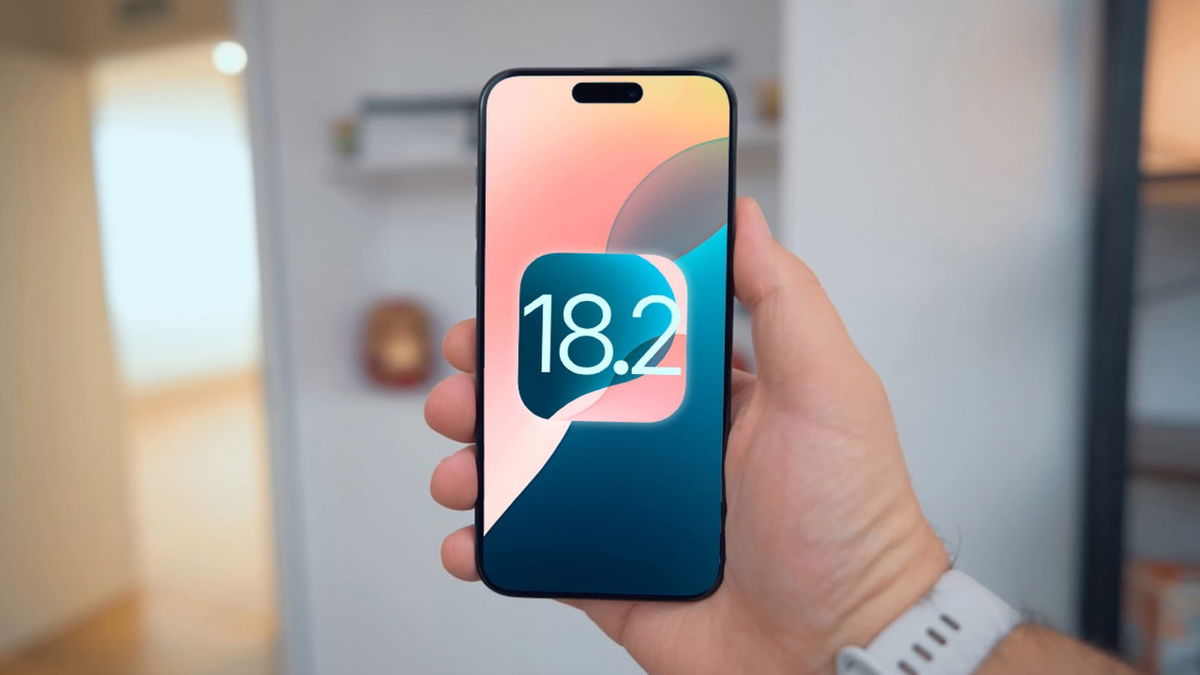Intel and Qualcomm have a problem. And it’s probably bigger than originally thought. From this Tuesday, March 8, the former chip supplier Apple must deal with the M1 Ultra, Apple’s latest silicon creation. Based on two M1 Max chips joined by a technology called UltraFusion, the result can be described as a technological milestone.
Looking towards 2023 to beat M1 2020
Intel and Qualcomm are the two big chipmakers, excluding Apple. Both are specialized in different markets, the first on PC with its x86 architecture and the second in smartphones with ARM architecture. Both will have to make a big effort to recalibrate and cope with Apple’s M1 chips, since they combine the ARM architecture of smartphones in a chip for traditional computers: the Mac.
The challenge is not small. The problem for both manufacturers is that time has caught up with them. Late last year, Qualcomm announced a “competitive” ARM PC chip with Apple’s M1. His arrival expected in 2023.

The case of Intel is similar. After brushing off the threat from Apple and mocking the Mac’s M1, it’s only a few days before the Mac Studio keynote that have been filtered (conveniently) your plans. Intel’s roadmap against M1 also places its response in 2023.
It’s funny how the two companies, Qualcomm and Intel, place their responses to Apple’s M1 in 2023. Intel can still say that your projects are done with the M1 Pro and M1 Max 2021 in the market. But that of Qualcomm is based on the M1 of 2020. Two and three years of difference between the product with which they are preparing and when theirs is born.
Both Intel and Qualcomm have a 2020 chip in sight to beat it in 2023
None of them knew what Apple would present last Tuesday. But the first benchmarks of the M1 Ultra leave no doubt: they are even ahead a Mac Pro with an Intel Xeon
Performance per watt as the enemy to beat

Beating Apple’s M1 chip in power is easy. In fact, the Intel Alder Lake already outperforms Apple’s M1 Max. The problem is the high consumption of these chips. Because, what’s the point of overtaking a chip in power if you consume double or triple it along the way? What Apple has brought back to the fore is a long-forgotten variable: performance per watt

Here we see how Jobs explained with a single slide the reason for the transition towards Intel. For 2006, they hoped 15 performance units per watt on the PowerPC compared to Intel’s 70 performance units per watt. The choice is obvious and with Apple’s silicon too.

The switch to Apple processors is also driven by performance per watt, among other reasons. We have seen graphs like the one above in each of the presentations of new Mac models. And these graphics are more than enough to prove the superiority of Apple’s chips.
Intel and Qualcomm have a problem. Many will think this war is wrong with them because Apple silicon is only in Apple equipment. Corn it is a mistake to think that the PC user is captive of these computers and is not going to look at Apple Macs.









